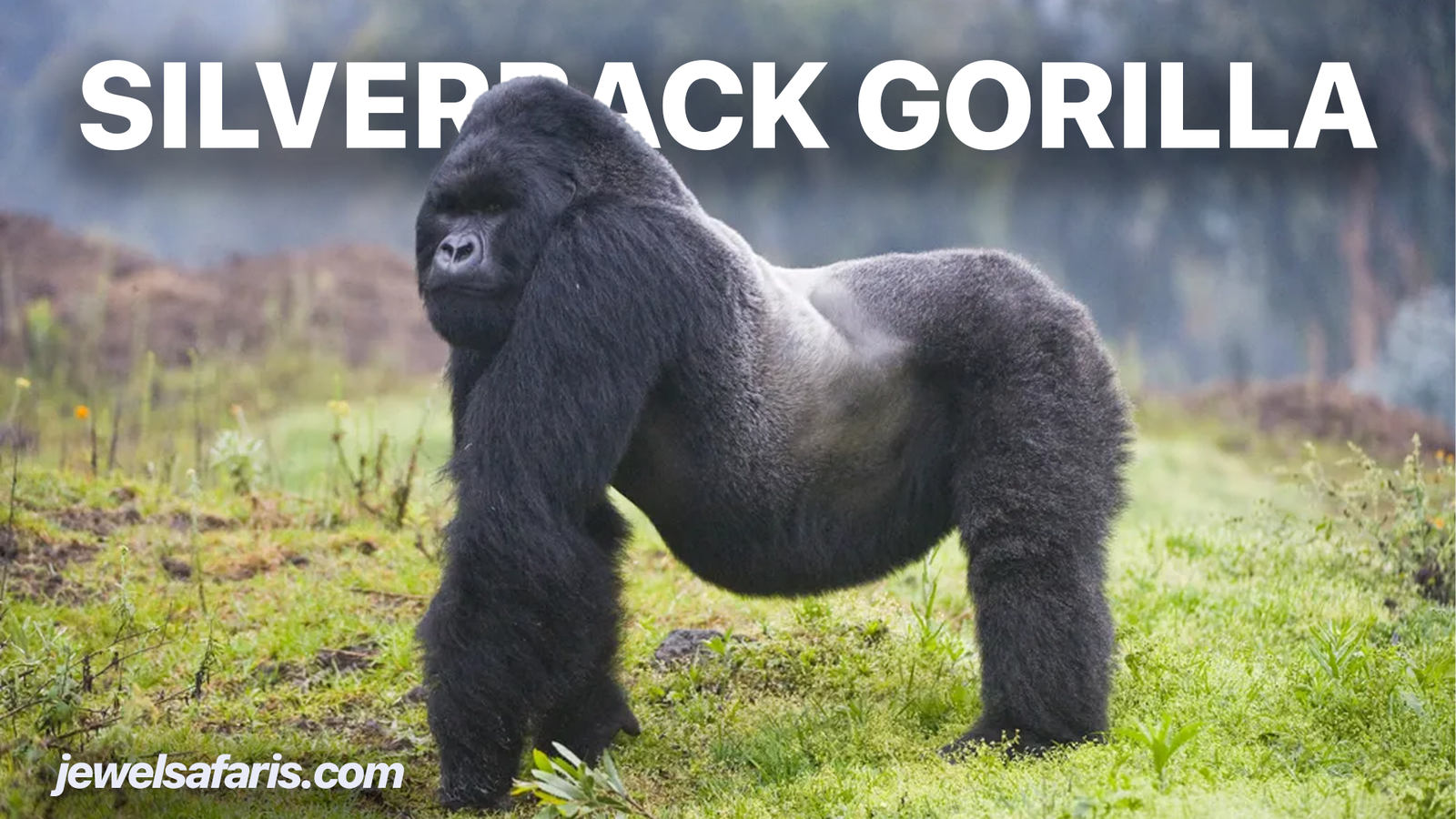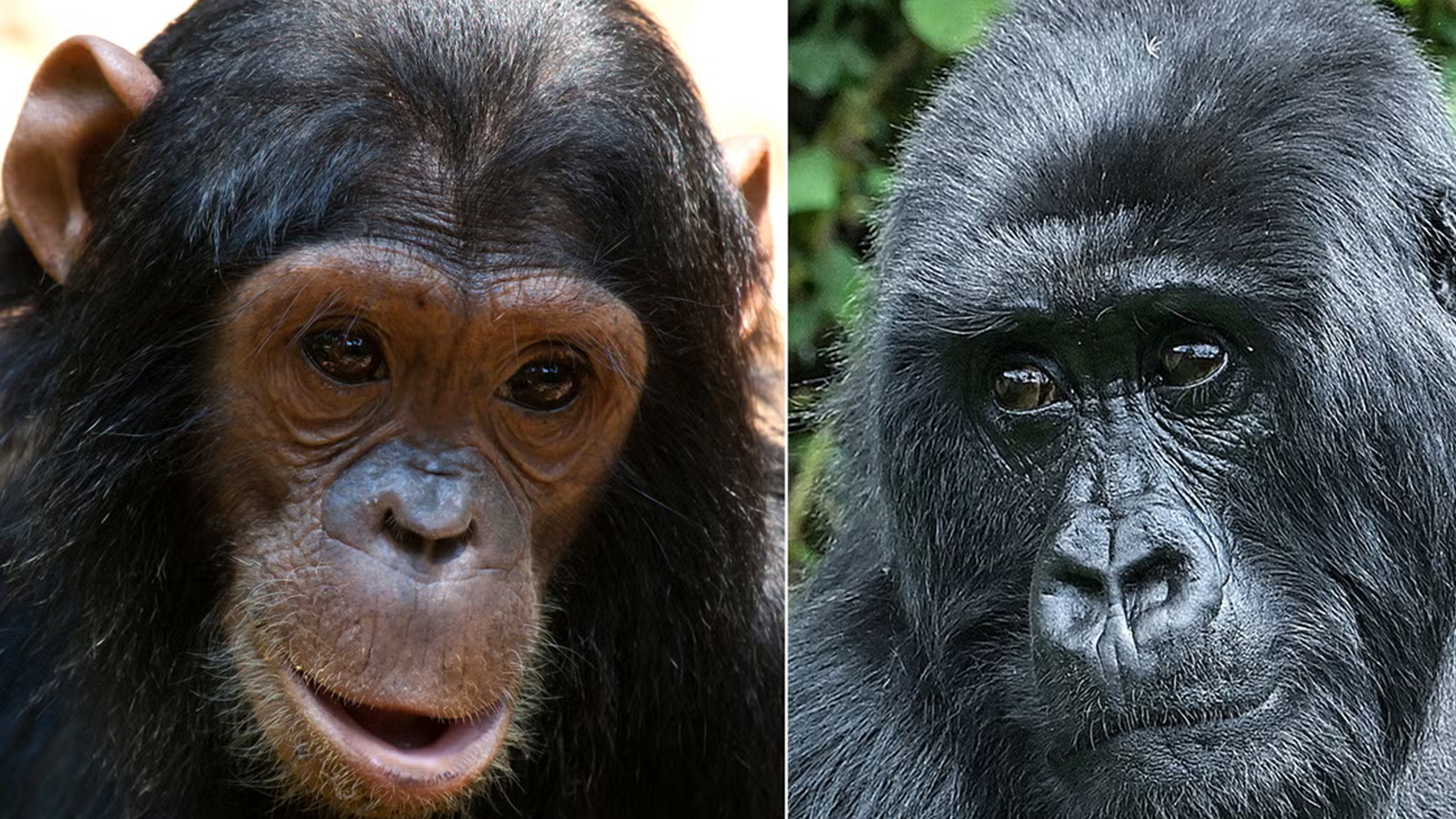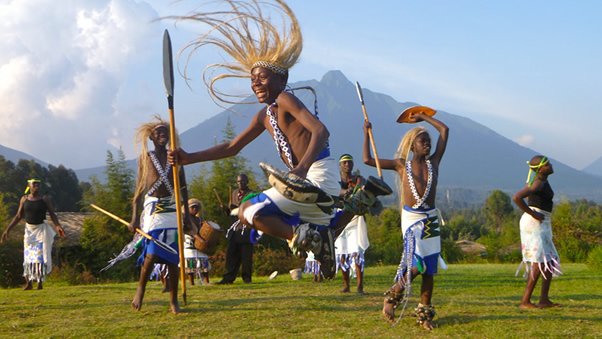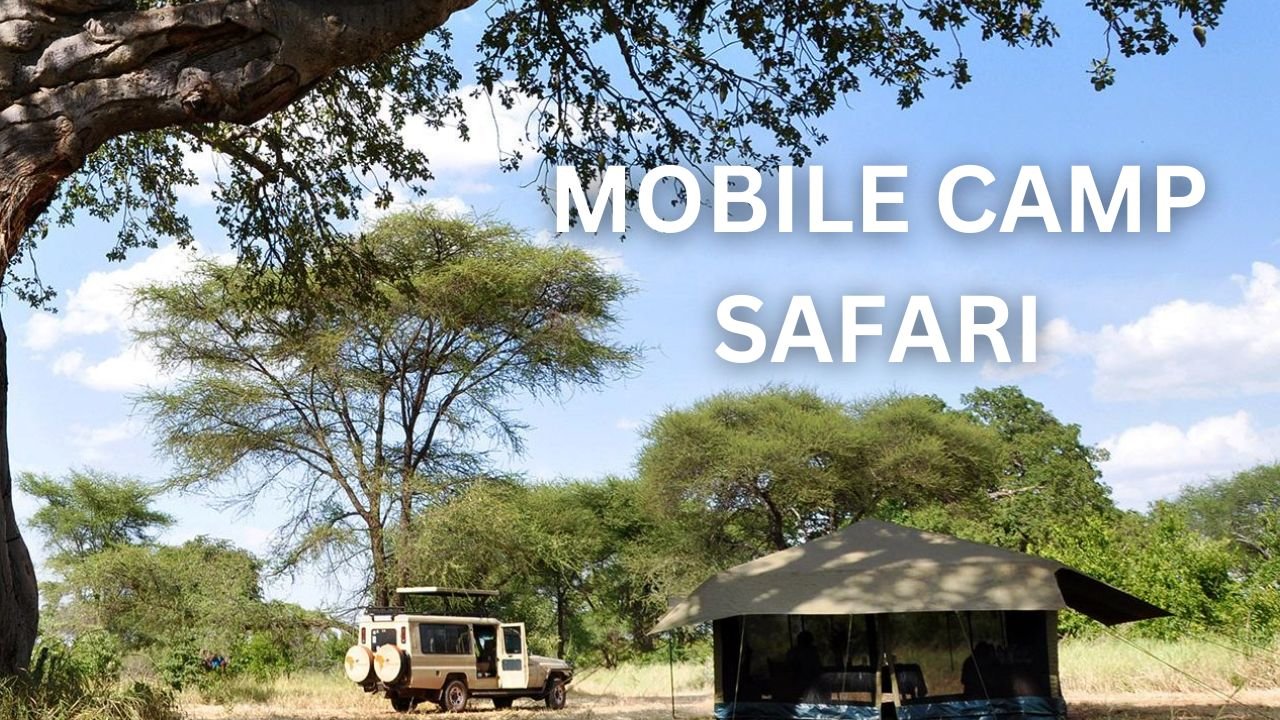Silverback Mountain Gorillas
Silverback gorillas are one of the most fascinating and iconic creatures in the animal kingdom. Known for their immense size, remarkable strength, and undeniable presence, these primates are the dominant males of gorilla groups, often referred to as “troops.” Their unique characteristics and vital roles in the social structure of gorillas make them an extraordinary subject to explore.
What is a Silverback Gorilla?

A silverback gorilla is an adult male gorilla, typically over the age of 12, characterized by a saddle-shaped patch of silver or grayish-white hair on their back. This distinctive coloration marks their maturity and dominance within the group. Not all male gorillas develop this trait; only the strongest, most dominant ones are recognized as silverbacks, indicating their leadership role.
Physical Characteristics of Silverback Gorillas
Silverback gorillas are the largest of all primates, with an imposing physical build that reflects their strength and authority:
- Size: Adult silverbacks can weigh between 300 to 450 pounds (135 to 204 kg) and stand up to 5.5 to 6 feet (1.7 to 1.8 meters) tall when upright.
- Strength: They are immensely powerful, with the ability to lift up to 10 times their own body weight. Their strength is essential for protecting their troop from predators or rival males.
- Appearance: Apart from the silver streak on their backs, they have a broad chest, long arms, and a prominent sagittal crest, which supports their strong jaw muscles.
Habitat of Silverback Gorillas

Silverback gorillas are found in various regions of Africa, depending on their subspecies:
- Mountain Gorillas: Inhabiting the misty mountains of Uganda, Rwanda, and the Democratic Republic of Congo, these silverbacks live in dense forests at elevations of 8,000 to 13,000 feet.
- Eastern Lowland Gorillas: Found in the lowland forests of the Democratic Republic of Congo.
- Western Lowland Gorillas: The most widespread subspecies, residing in the rainforests of Cameroon, Gabon, Central African Republic, and surrounding regions.
- Cross River Gorillas: A critically endangered subspecies, found in the forests along the Cameroon-Nigeria border.
Their habitats range from dense forests to open clearings, where they feed on a variety of plants, fruits, and other vegetation.
Role of the Silverback in Gorilla Troops
Silverbacks play a central role in the social structure of gorilla troops, which typically consist of 5 to 30 individuals, including females, young gorillas, and sometimes other subordinate males.
1. Leader and Protector:
The silverback is the leader of the group, responsible for guiding the troop to food sources, resolving conflicts, and making critical decisions. He also protects the group from predators such as leopards or rival gorillas.
2. Mating Rights:
Silverbacks are the dominant breeders in the group. Their position ensures they pass on their genes, contributing to the survival of their lineage.
3. Caretaker:
Beyond leadership, silverbacks are nurturing caregivers. They form strong bonds with their offspring and are often seen playing with and protecting young gorillas.
Diet of Silverback Gorillas

Despite their enormous size and strength, silverback gorillas are primarily herbivorous, feeding on:
- Leaves, stems, and shoots: Bamboo shoots and wild celery are favorites.
- Fruits: They consume various fruits when in season, providing essential sugars and energy.
- Occasional insects: Termites and ants may supplement their diet but constitute a minor part of their nutrition.
A silverback consumes up to 40 pounds (18 kg) of food daily, spending much of their time foraging and eating.
Communication and Behavior
Silverbacks are highly intelligent and social, using a wide range of vocalizations, gestures, and body language to communicate with their troop. Some common behaviors include:
- Chest Beating: A display of dominance, often accompanied by loud vocalizations to deter rivals or threats.
- Facial Expressions: Subtle facial cues indicate emotions like anger, contentment, or curiosity.
- Playful Behavior: Silverbacks often engage in play with younger members, strengthening social bonds.
Threats to Silverback Gorillas
While silverbacks are powerful, they face significant threats in the wild:
1.Habitat Loss: Deforestation for agriculture, logging, and mining reduces their natural habitats.
2.Poaching: Though illegal, gorillas are still hunted for bushmeat and trophies.
3.Disease: Diseases like the Ebola virus and even human-transmitted illnesses pose a significant risk.
4.Climate Change: Shifting climates affect food availability and habitat conditions.
Conservation Efforts

Due to the threats they face, conservation organizations have prioritized efforts to protect silverback gorillas and their habitats. Notable initiatives include:
- Mountain Gorilla Conservation Programs: Supported by countries like Uganda, Rwanda, and the DRC, these programs focus on anti-poaching patrols, habitat preservation, and eco-tourism.
- Habitat Restoration: Reforestation projects aim to expand gorilla habitats.
- Eco-Tourism: Gorilla trekking generates funds for conservation while promoting awareness about their plight.
Thanks to these efforts, the population of mountain gorillas has seen a gradual increase, offering hope for the future of silverbacks and their troops.
Fascination with Silverback Gorillas
Silverback gorillas captivate our imagination with their strength, intelligence, and deep familial bonds. As they lead their troops through the dense African jungles, they symbolize resilience and harmony with nature.
Whether encountered during a gorilla trekking adventure in Uganda’s Bwindi Impenetrable National Park or observed in documentaries, silverback gorillas inspire awe and admiration. Protecting these majestic creatures ensures that future generations can continue to marvel at their incredible presence in the wild.
Plan your visit to observe silverback gorillas in their natural habitat and experience the wonder of Africa’s iconic giants firsthand.



